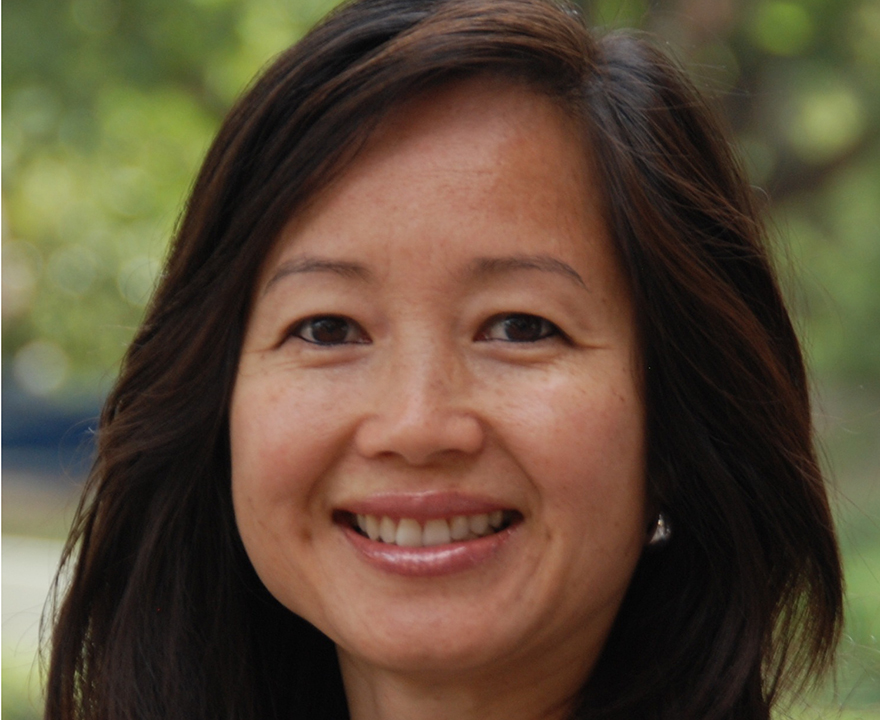UCI-led study identifies assets, needs of county’s fastest-growing immigrant community

UCI-led study identifies assets, needs of county’s fastest-growing immigrant community
- January 25, 2018
- Uniform treatment masks Asian American, Native Hawaiian, Pacific Islander diversity
-----
Treating Orange County’s Asian American, Native Hawaiian and Pacific Islander communities
as a monolithic racial group obscures the unique needs of those who are most disadvantaged
and vulnerable, according to a new study led by University of California, Irvine researchers.
With 21 percent of its 3 million residents falling into one of these demographic categories,
Orange County is home to the third-largest AA&NHPI community in the U.S. Between 2000
and 2010, the local Asian American population jumped 41 percent, and Native Hawaiians
and Pacific Islanders increased by 17 percent, while the county’s total population
expanded by just 6 percent – making the AA&NHPI population the fastest-growing as
well. In addition, AA&NHPIs make up Orange County’s biggest community of recent immigrants,
with 62 percent born outside the country.
“Despite these numbers and the rapid growth of the AA&NHPI population, there is little
research available describing the distinct cultures and histories across ethnic groups;
their social, political and economic contributions to the county; or the needs of
a population whose majority is immigrants and refugees,” said Linda Trinh Vo, study
co-author and UCI professor of Asian American studies.
To fully grasp the impact of these demographic changes and to provide insights into
community issues, Vo and co-author Laureen D. Hom, a Ph.D. candidate in urban planning
& public policy, identified the major needs and assets of the AA&NHPI population in
six areas: building sustainable communities; economic development and disparities;
K-12 and higher education; healthcare services; political participation and civic
engagement; and civil rights advocacy.
Their findings and policy recommendations are contained in a report called “Transforming
Orange County: Assets and Needs of Asian Americans & Native Hawaiians and Pacific
Islanders,” published by the Asian Americans Advancing Justice - Orange County organization.
In addition to demographic data, it includes excerpts from interviews with 20 community
leaders representing different ethnic groups and interests.
“Our most important recommendation is the collection and reporting of disaggregated
data in order to better understand the nuanced diversity of the AA&NHPI community,
because aggregated data conceals disparities affecting certain ethnic groups, especially
Southeast Asians, Native Hawaiians and Pacific Islanders,” Vo said. “We hope this
will improve understanding of the specific experiences of AA&NHPI communities and
race relations more broadly in Orange County.”
The researchers also advise providing culturally and linguistically accessible outreach
and counseling for each area addressed in the study, as well as continuing to enhance
AA&NHPI-serving community agencies, cross-ethnic coalitions and organizations that
amplify the assets, needs and voices of AA&NHPI community members.
“Implementation of the report’s key policy recommendations will further strengthen
our community’s assets and better address needs to help promote equity and improve
the quality of life for all in the county,” said Sylvia Kim, regional director of
Asian Americans Advancing Justice - Orange County.
The research project involved UCI’s School of Humanities, School of Social Ecology
and School of Social Sciences, with funding support from the Long Family Foundation,
the Kay Family Foundation, Wells Fargo, St. Joseph Hospital and the School of Social
Sciences.
“The idea for this began in 2016 when Sylvia Kim and I discussed the need for a baseline
study of the Orange County AA&NHPI communities and their economic, social and healthcare
needs,” said Bill Maurer, social sciences dean. “We enlisted the expertise of sociologist
Linda Vo, and she tapped Laureen to assist her. This study is a really terrific example
of cross-campus collaboration with the community to address and find effective solutions
for local social issues.”
-Pat Harriman, UCI
-----
Would you like to get more involved with the social sciences? Email us at communications@socsci.uci.edu to connect.
Share on:
Related News Items
- Careet RightThe future of Asian Americans in OC (Audio)
- Careet RightReport highlights diversity of California's Asian American community in the real "OC"
- Careet RightStudy shows how Asian Americans are transforming O.C., and highlights diversity and disparities
- Careet RightReport: Asian Americans, now one fifth of OC's population, are more complex than you think
- Careet RightOrange County Report: AAPI are a lot more complicated than a simple stereotype


